24 Nomenclature Card Games for Chemistry
Jeffrey R. Pribyl
Students historically struggle with nomenclature—the naming of compounds and writing of formulas for compounds in Chemistry 100. Chem 100, Chemistry and Society, is a one-semester, 4 credit course the meets general education requirements and typically has about 70% enrollment of elementary education/special education majors. The class size has a maximum enrollment of 96 and typically the course runs close to capacity.
The concept of nomenclature appears twice in the course. The first time is in the material for the second of four exams in the course. Students are asked to write names and formulas for binary compounds. Students will have already learned about the periodic table and learned some of the names of the elements. The second time is in the material for the fourth exam. This time, students are asked to write names and formulas for organic compounds. I have tried a variety of teaching methods to help students understand the rules and concepts of nomenclature. I have used lectures and a Process Oriented Guided Inquiry Learning (POGIL) activity. While the POGIL activity is better than the lecture, I have not been satisfied with the success of my students. Students still struggle with writing names and formulas for binary compounds and organic compounds. I continue to look for ways to help my students with this concept. During the summer and fall of 2018, I developed card games to help my students with the concepts of nomenclature.
Students in my course regularly work in groups, so working in groups for the game is not out of the ordinary. Groups also submit “homework” each class period. Since the first game activity was about week six of the semester, these students were familiar with their group members and I did not spend time acclimating the students to group work.
Classroom implementation
For the binary compounds, I did a short “lecture” on the general concepts of nomenclature. Students then worked in groups, rotating through the three-card game variations. The game variations are based on the three different types of binary compounds we study in the course. Each group of four students was given a set of cards with various ions listed. Students followed a set of directions that helped them write the names of various chemical formulas. This worked well for ionic compounds, but for molecular compounds, the game was modified to fit the established rules for naming these compounds
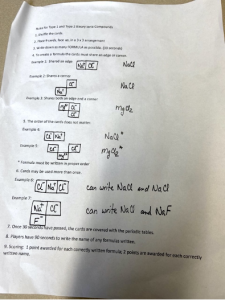
Figure 24. Nomenclature Card Game Instructions

Figure 25. Binary compounds cards set 1
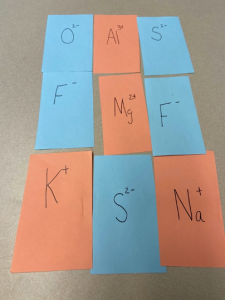
Figure 26. Binary compounds cards set 2
For the organic compounds, students were given cards with various carbon atoms, hydrogen atoms, and bonding types. Students were provided cards with the names of organic compounds. The goal of this game was to create the structure of the organic compound using the cards.
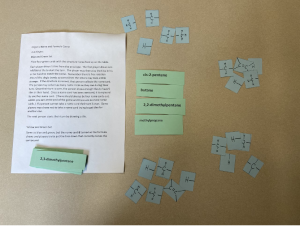
Figure 27. Organic compounds cards and instructions.
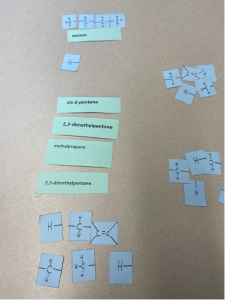
Figure 28. Organic compounds cards and atom cards
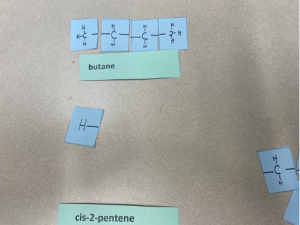
Figure 29. Detail of organic compounds cards and atom cards
The outcome of the Game Experience
My observations of the days when the students played the games include high levels of student engagement as evidenced by lots of discussion about nomenclature, students utilizing the front desk and the floor, and forming groups in whatever manner worked for them; students asked for each variation as the class progressed. Students commented that they enjoyed the game and that they learned to write names and formulas for compounds.
While instructions for each variation of the game were provided, the students were free to use the game in whatever manner worked best for them. Some groups played the game using the rules as written, some groups modified the rules such as working as a group instead of as individuals on the game—more cooperative than competitive in nature. The organic game was played about seven weeks after the first set of games, and students engaged quickly with the materials with little explanation needed. Again, a high level of student engagement was observed, with lots of discussions, explaining, looking at notes for verification of answers, checking in with the instructor, and sharing among groups.
Future Work
I continue to work on revising these games. Student feedback included smaller-sized cards for the binary compounds. Students had difficulty fitting the larger-sized cards on the limited desk area in one of the classrooms. I continue to use the nomenclature game and organic chemistry game in Chem 100 and expanded the use of these games into Chem 191—Chemistry Applications. Chem 191 is for students majoring in civil, electrical, and mechanical engineering—a very different population than Chem 100.

